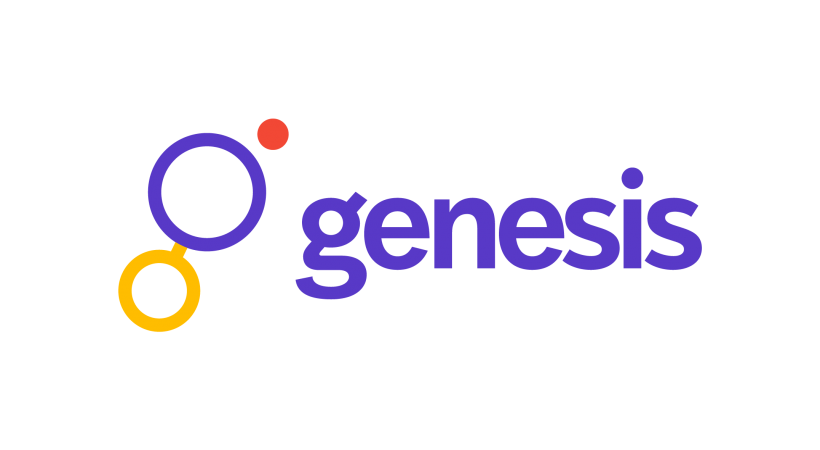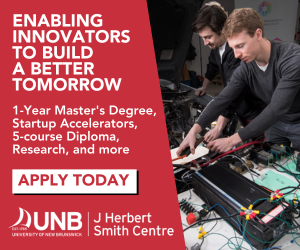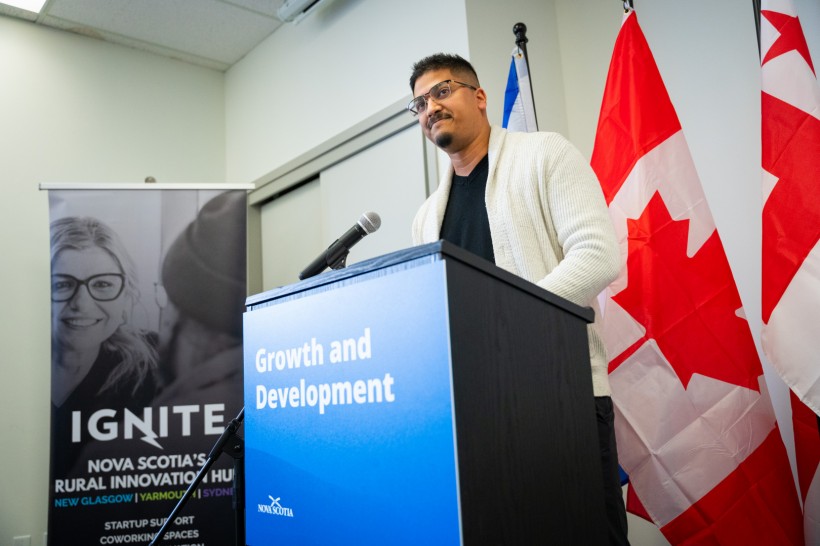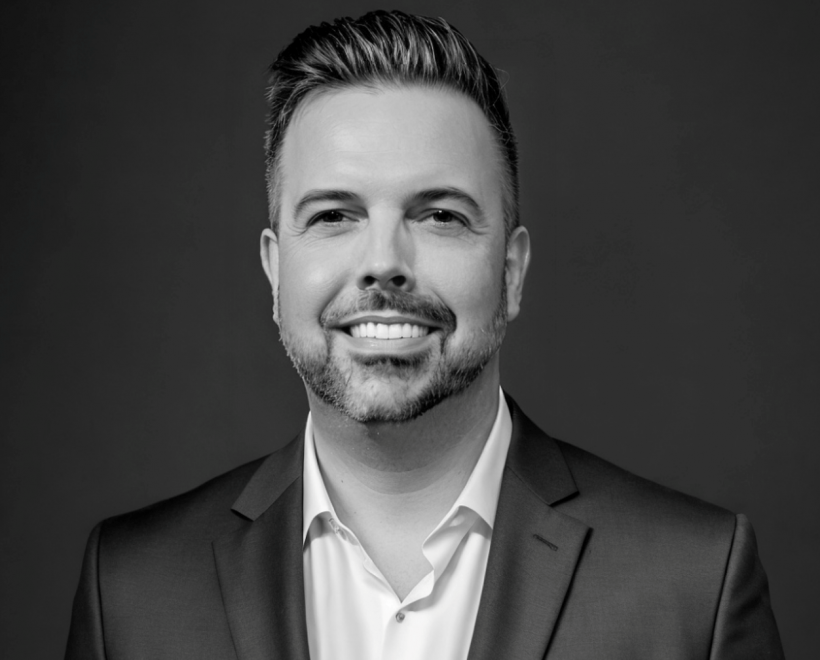During the Ocean Supercluster roadshow this summer, Matt Hebb made a throw-away statement that lingered with me, because it so elegantly described the role of startups in the Supercluster.
Hebb is CEO of the Supercluster, the four-province partnership that will spend $300 million to $360 million on marine innovation R&D over the next five years. He and his team are preparing to develop ocean-related R&D projects and hope to launch the first this year. Meeting with reporters during the summer road show, he described the roll of innovators and startups in the R&D process, saying: “To me, it’s really customer discovery that’s already happened for them.”
Now, to understand that statement, we have to comprehend the meaning of “customer discovery” and the philosophy behind the term. But once we do, we can grasp the most exciting part of the Ocean Supercluster project.
“Customer discovery” means talking to as many potential customers as possible to help determine if there is a market for your product. The idea is that a modern startup begins with a business hypothesis that needs to be tested before anyone spends time and money developing it.
Rather than launching right into the project, the startup founders go out and ask potential customers (people who would realistically be in a position to pay for it) what they think of the idea. Usually, these potential customers will say they like one part of the idea but dislike another. That means the entrepreneurs can go back to the drawing board and redesign their product. Then they talk to more people about their idea with the changes incorporated.
Ideally, they eventually have a product that is so exciting that some people become early customers. The team ends up with clients before they’ve begun to build their doohickey.
Atlantic Canada Adds New Startups
So how does this tie into the Ocean Supercluster?
Private corporations will be able to join the Supercluster organization to participate in R&D with the goal of producing new products that could used by a range of maritime-themed companies. Member companies (who pay $250,000 to $10 million to participate) can identify common problems that they’ve experienced and would like to find a solution to. They would each put up money, and approved projects can also receive funding from the Supercluster fund.
For example, let’s say three medium-sized companies decide they need a research project on smartphone connectivity at sea. Each could put up $500,000 for research, and the Supercluster would kick in $1.5 million. It would mean each of these companies could access $3 million in R&D while only putting in $500,000.
And this is the key: the researchers working on the project would theoretically be in a position to form a company to develop a product. They wouldn’t have to conduct much customer discovery because the participating companies have already demonstrated demand for the product.
It wouldn’t be quite as simple as I'm implying. The parties would have to work out who owns the intellectual property – a problem that can often get messy. And the researchers would have to make sure they design a product for the broader market, not just for the few Supercluster companies.
But the Supercluster model could reduce the trial and error that entrepreneurs go through when launching projects and allow entrepreneurs to launch more science-based companies in the region.










